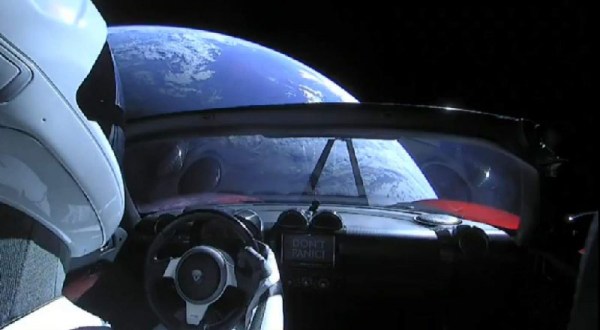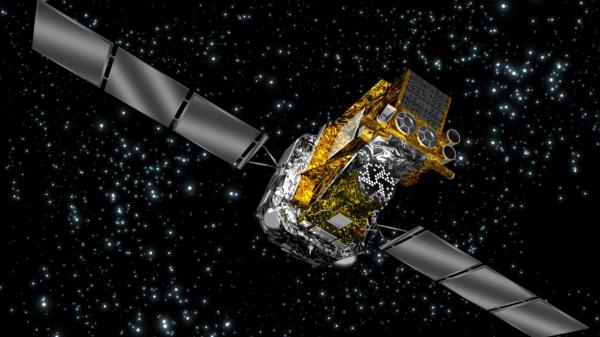Space and mystery always spark our curiosity, so when we stumbled upon the story of Skynet-1A, Britain’s first communication satellite from 1969, we knew it was worth exploring. The BBC recently highlighted its unexpected movement across the sky – you can check out their full coverage here. The idea that this half-century-old hunk of metal mysteriously shifted orbits leaves us with more questions than answers. Who moved Skynet-1A, and why?
Launched just months after the Apollo 11 Moon landing, Skynet-1A stood as a symbol of Cold War innovation, initially placed above East Africa to support British military communications. But unlike the silent drift of inactive satellites heading naturally eastward, Skynet-1A defied orbital norms, popping up halfway across the globe above the Americas. This wasn’t mere chance; someone or something had made it fire its thrusters, likely in the mid-1970s.
Experts like Dr. Stuart Eves and UCL’s Rachel Hill suggest the possibility of control being temporarily transferred to the US, particularly during maintenance periods at the UK’s RAF Oakhanger. Still, the specifics remain buried in lost records and decades-old international collaborations. Skynet-1A’s journey serves as a stark reminder of the persistent challenges in space and the gaps in our historical data.
Looking for more space oddities? Hackaday has some interesting articles on space debris. You can read the original BBC article here.
















